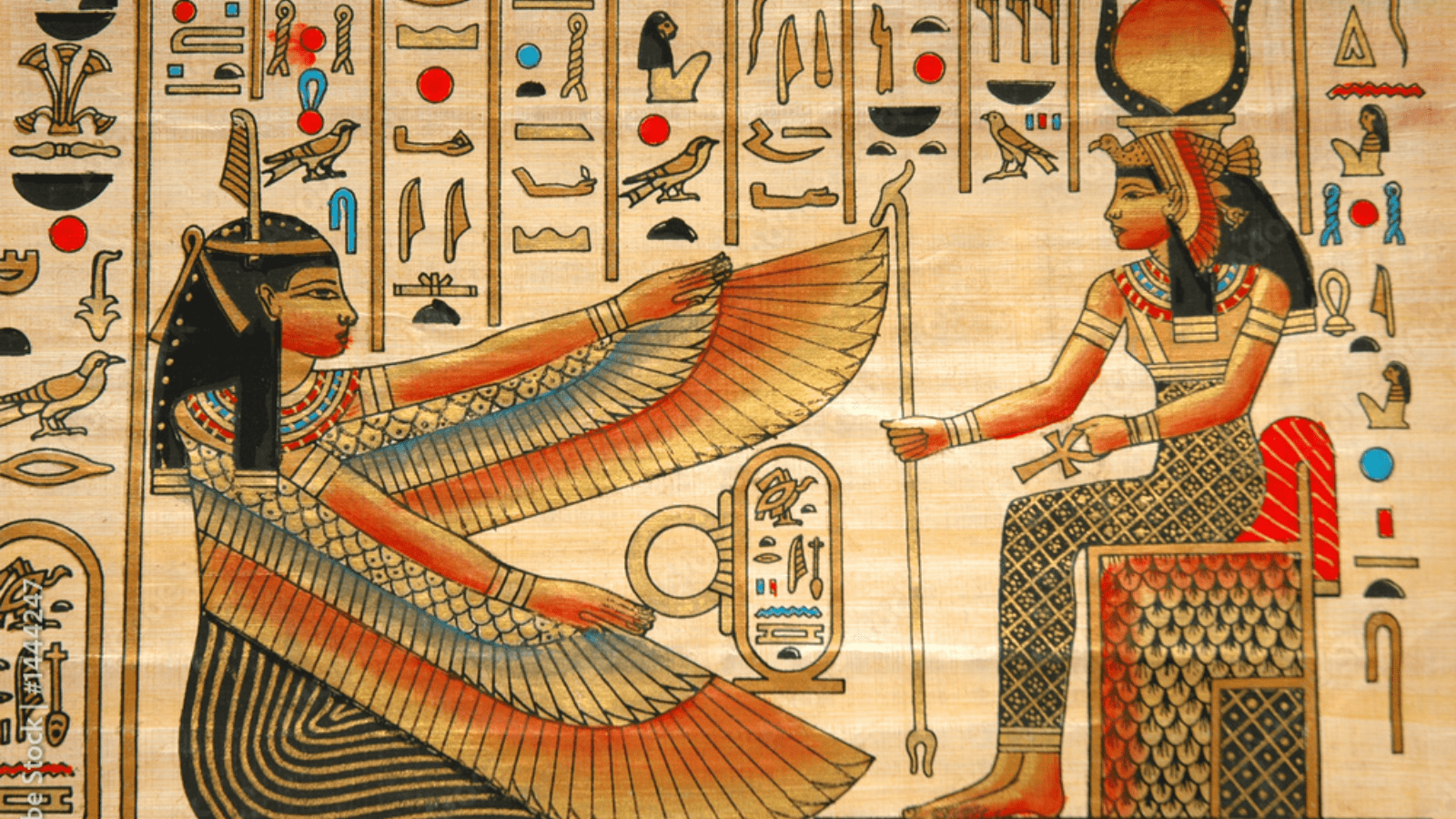
What is the Significance of Papyrus in Ancient Egypt?
Papyrus: The Ancient Egyptian Paper That Shaped the World
When you think of ancient Egypt, images of grand pyramids, towering temples, and intricate hieroglyphs likely come to mind. But what about the material that allowed these ideas to be written down and preserved for millennia? That material is papyrus, an ancient form of paper that played a pivotal role in the development of writing, literature, and record-keeping in Egypt and beyond. If you're fascinated by ancient civilizations and their innovations, papyrus is one of the unsung heroes of Egypt’s rich cultural heritage.
What Is Papyrus?
Papyrus is a plant native to the Nile Delta in Egypt. It was traditionally harvested from the papyrus plant (Cyperus papyrus), which grew in abundance along the banks of the Nile River. The stalks of the plant were carefully processed to create sheets that could be used for writing. The process of turning papyrus into a writing surface is an ancient art that involved cutting the stalk into thin strips, soaking them, and then pressing the strips together to form a smooth, durable sheet.
Papyrus was the primary material for writing documents, including religious texts, literary works, legal records, and administrative paperwork, in ancient Egypt. The invention of papyrus revolutionized communication, allowing Egyptians to record their history and ideas for future generations.
Importance of Papyrus in Ancient Egypt
Papyrus played a central role in the daily life of ancient Egyptians. The Egyptians were some of the first people to develop a system of writing, and they used papyrus to record everything from royal decrees and treaties to religious texts and scientific knowledge. Without this versatile material, much of what we know about ancient Egyptian society would have been lost to time.
Perhaps one of the most well-known examples of writing on papyrus is the Pyramid Texts, which are among the oldest religious writings in the world. These texts were inscribed on the walls of pyramids and on papyrus scrolls and dealt with the king's journey to the afterlife. The importance of papyrus in preserving these texts cannot be overstated, as they provide crucial insight into ancient Egyptian beliefs about death and the afterlife.
Papyrus was also used to write monumental works, like the Book of the Dead, which served as a guide to the afterlife for Egyptians. This was a key text in Egyptian religious practices, and its preservation on papyrus was vital for future generations.
The Spread of Papyrus Beyond Egypt
While papyrus was originated in Egypt, its influence transcended the Nile. With trade, warfare, and diplomacy expanding Egyptian influence, so too did the usage of papyrus. It would become the paper of choice across the ancient Mediterranean world-from Greece to Rome-scholars recording their thoughts and observations on it, including Aristotle and Herodotus.
Papyrus was used throughout the Roman Empire and well into the Middle Ages but eventually gave way to other materials, such as parchment and vellum. Today, papyrus is an iconic symbol of ancient Egyptian culture and its contributions to the development of writing and literacy.
The Decline of Papyrus
By the 3rd century AD, papyrus use declined in favor of more durable and flexible parchment, produced from animal skin. The increased difficulty of making papyrus production also arose when Egypt's politics changed, coupled with the disappearance of papyrus plants. In any case, the importance of papyrus was there for centuries; its role in preserving ancient knowledge cannot be diminished.
More recent history has rediscovered and explored papyrus through scholars. The ancient papyrus scrolls have revealed so much of the ancient world, from personal letters, religious texts, and scientific manuscripts. The preservation of these scrolls provides us with a unique window on the everyday life of ancient Egyptians, with their use of papyrus serving as proof of the written record as a necessary basis upon which history is shaped.
Papyrus Today: A Symbol of Ancient Egypt
While papyrus is no longer used as a common writing material, it remains a symbol of ancient Egypt’s brilliance and innovation. Today, papyrus is still produced and sold as a form of art and craftsmanship. Many tourists who visit Egypt buy papyrus scrolls featuring scenes from Egyptian mythology or famous hieroglyphs, as these handmade items are considered unique and valuable souvenirs.
Visiting Egypt offers an opportunity to see papyrus in its historical context, especially in museums like the Egyptian Museum in Cairo or the Luxor Museum, where ancient papyrus scrolls are displayed. For anyone interested in learning about the culture, art, and writing of ancient Egypt, studying the role of papyrus is essential.
Conclusion
Papyrus was much more than just a writing material; it represented the cultural base of ancient Egyptian society. It was through papyrus that the Egyptians managed to preserve their knowledge, history, and religious beliefs for thousands of years. Whether in monumental Pyramid Texts, the Book of the Dead, or private letters and administrative records, papyrus played a central role in the documentation of Egypt's rich history and legacy.
For anyone planning a trip to Egypt, understanding the significance of papyrus adds depth to the experience, offering insight into the everyday life of the ancient Egyptians. As you explore the temples, tombs, and pyramids, remember that the written words that survived the test of time were often recorded on this remarkable material, allowing the ancient wisdom of Egypt to live on.